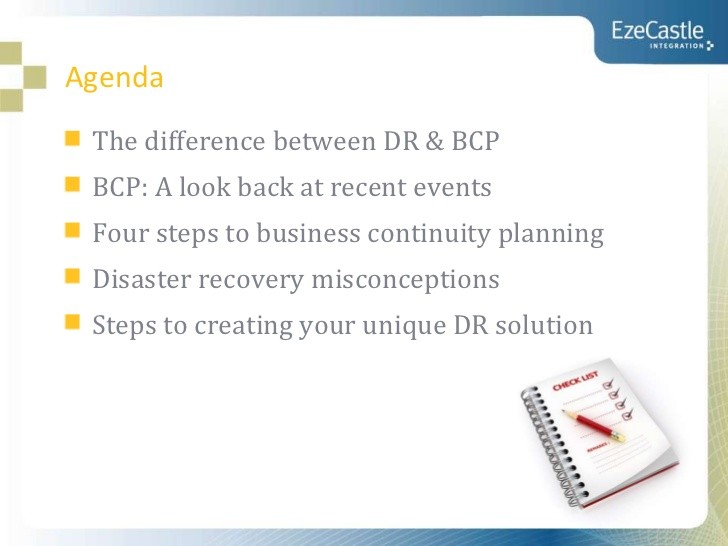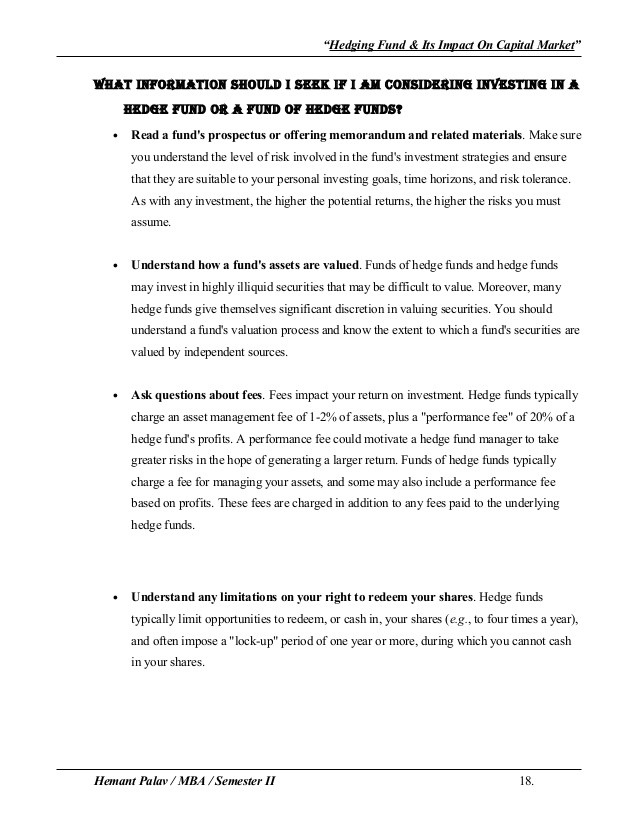Weekend Reading Hedge Funds Misconceptions and Lessons
Post on: 2 Апрель, 2015 No Comment

I am periodically struck by the polar views of different hedge fund industry outlooks. Take for example the first article below from Forbes that describes a world where hedge funds essentially eat the lunch of traditional, long-only active managers. The author argues that hedge funds grow to a point where they dominate the traditional actively managed segment of the industry. On the other hand, Larry Swedroe writes for ETF.com (in the second article below) that hedge funds are not worthy of the capital allocated to them, and sees their demise over time. What is one to think?
Not surprisingly, I take the side of Forbes. I find it hard to believe that investors will turn away from strategies that aim to diversify their portfolios and help them generate higher compounded returns over time. Compounding of returns an an often overlooked aspect of investing, but it is significant, and it is helped significantly via diversification.
Investors can diversify their traditional stock and bond portfolios in two ways: they can gan exposure to asset classes with a low correlation to stocks and bonds (i.e. commodities, oil & gas interests, timber, art, coins, gold, etc.), or they can invest in alternative investment strategies that have a low correlation to stocks and bonds (long/short equity, global macro, managed futures, volatility arbitrage, merger arbitrage, etc.). This latter group has historically been available through hedge funds, but is now making its way into more liquid vehicles such as mutual funds, exchange traded funds and closed-end funds.
Hedge funds are essentially actively managed products with fewer constraints than traditional long-only portfolios. How can one argue that hedge funds are doomed when the actively managed investment management business, despite all of the information about the inability of managers to consistently generate alpha, is still thriving? Those with more constraints (where the probability of generating any outsized alpha is minimal) and much larger exposures to traditional beta exposures will be the ones that should be concerned about their longevity in the asset management industry not the hedge funds. If anyone is going to survive, it will be the hedge funds who have significant capital to transition their businesses to look and feel like more mainstream asset management firms.
Size and fees are a concern. Smaller hedge funds have been shown to generate more alpha than large hedge funds. Structurally, there are ways to manage this. Larger organizations can buy smaller firms and provide them with the operational support they need to manage their portfolios, while giving the managers the freedom to focus on their craft. This has already begun to occur, and we have seen this structure work for years in the traditional asset management business. Hedge funds will simply replicate this model. On the fee side, we are already seeing a decline in fees and this will continue. The market is efficient over time, and the fee issue will be resolved by market forces. Perhaps not overnight, but instead over the next decade as the industry continues to transform.
Enjoy your long weekend.
Watch Out Asset Managers, Hedge Funds Will Top $5 Trillion By Taking Your Clients (Forbes )
Using information from recent industry studies by McKinsey and Citi, Halah Touryalai provides a perspective on the growth of hedge funds. With opportunities to gather new assets from the retail market, combined with continued increases in institutional allocations, hedge funds will see a higher growth rate than more traditional segments of the asset management industry. Watch out long-only managers, the hedge funds are coming to eat your lunch.
Swedroe: Nails In The Hedge Fund Coffin (ETF.com )
In the first of a three-part series covering problems with hedge funds and private equity, ETF.com’s Larry Swedroe makes the case against hedge funds. Mr. Swedroe says that pension funds began turning to “riskier alternative investments in private equity and hedge funds” in the late 1990s and early 2000s in an effort to boost returns. But now with more than a decade of results to consider, the public-employee pension funds of New York, Pennsylvania, and California have all expressed dissatisfaction with their hedge fund investments, and California’s CalPERS has announced plans to cut its hedge-fund allocation nearly in half. This does not bode well for the hedge fund industry, since pension funds control a significant share of investable capital.
Investment News reports that longtime investment strategist Robert Froelich recommends investors age 65 and older move from the standard “60/40” allocation of 60% stocks, 40% bonds to a new “40/30/30” model – 40% stocks, 30% bonds, 30% alternatives. Mr. Froelich says we’re in a “new age of investing,” and that the “40/30/30” model should allow investors to keep their risk level the same “or even tweak it down a bit,” while pursuing gains in a low-interest rate environment.
Too Heterogeneous to Handle? The Case for Careful Analysis of Nontraditional Bond Funds (MPI Research Corner )
The 30-year bull market for bonds is coming to an end, as interest rates must inevitably rise, and higher interest rates inherently mean lower bond prices. These facts have led to the launch and “aggressive marketing” of several nontraditional bond funds, which seek to limit interest rate exposure to preserve capital in an environment of rising yields and/or monetary tightening.
According to Morningstar, the number of nontraditional bond funds has grown from 25 five years ago to 84, as of June, 2014; and assets under management in nontraditional bond funds have swollen from $68 billion to $145 billion in the past 18 months. But because these nontraditional bond funds aren’t benchmarked, their returns are very disparate – the funds are heterogeneous, and this means they require more extensive due diligence and analysis, according to a July 28 post from the MPI Research Corner blog. This can be seen in the different exposures of three popular funds in the category:

MPI calls the category “fuzzy,” and says that their heterogeneity makes analysts and advisors unable to rely on either a category or a label to know how to fairly evaluate the funds.
Morningstar has long argued that expense ratios, being comparatively fixed, are one of the only data points truly predictive of future mutual fund performance, and this has helped usher investor cash out of high-fee funds and into funds with lower fees. This reigns true across most mutual fund categories, except for liquid alts, in which high-fee funds have enjoyed more investor interest than low-fee funds for the past three years. Morningstar says that “performance chasing” is one of the leading reasons why investors are paying higher fees, but that over time, “more investors will see the light” and favor low-fee alternative products.
Exchange-traded fund accentuates merger arbitrage highs, and lows (Reuters )
2014 has already been a huge year for mergers and acquisitions, and many investors like to speculate on M&A by investing in actively managed, event-driven mutual funds, wherein portfolio managers attempt to use arbitrage to capture value. But IndexIQ’s Merger Arbitrage ETF (MNA) offers investors the opportunity to buy a passive index product that attempts to do the same thing, but with much lower fees. The ETF automatically adds shares when a deal is announced, sells them after the deal closes, and changes its portfolio just once per month. With a 3.5% year-to-date return, as of August 19, the IndexIQ Merger Arbitrage ETF is “handily beating its actively managed mutual fund peers,” according to a story published by Reuters .
Correcting a Common Misconception about Alternative Investments (Invesco)
Walter Davis, alternative investment strategist for Invesco, recently penned a blog post in response to USA Today’s August 13 report that “investors in alt funds haven’t fared well.” The newspaper cited year-to-date returns of the S&P 500 with reinvested dividends at 19.57% over the past three years, whereas alts funds have lagged; but Mr. Davis points out that comparing the returns of alts to the broad stock market is akin to comparing the fabled tortoise to the hare: The broad stock market has been rallying, and alts are designed to be uncorrelated to the S&P 500’s returns, but in bear markets, alts have significantly outperformed stocks. Davis says that, over a long enough term, the returns of alts and stocks should be similar; but that stocks are likely to outperform in bull markets, while alts are likely to outperform in bear markets.
Can Managed Futures Be an Income Investor’s Best Friend? (ThinkAdvisor )














